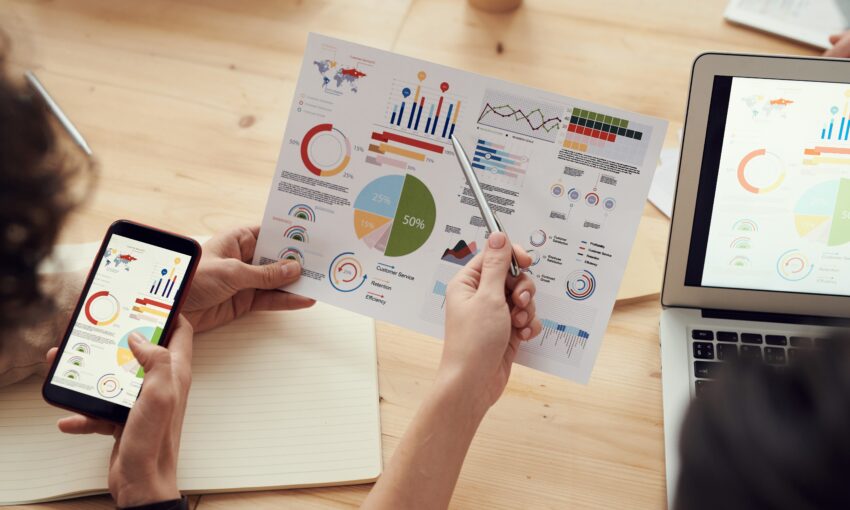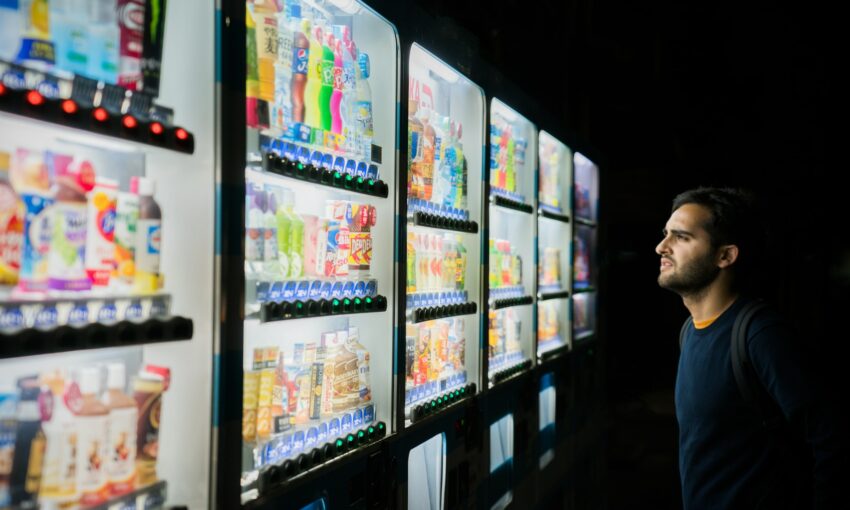Interactive elements can elevate a website’s experience. Among these, the button is a crucial component, and when well-designed, it can potentially improve user engagement. 3D buttons, in particular, offer an attractive and tactile-like feel that can make your interface more dynamic and intuitive. In this tutorial, we’ll take you through the process of building an engaging 3D button using CSS.
Your Web Designer Toolbox
Unlimited Downloads: 500,000+ Web Templates, Icon Sets, Themes & Design Assets Starting at only $16.50/month!

The Magic Behind 3D Buttons
What makes a button appear three-dimensional on a two-dimensional screen? The answer lies in the smart use of CSS properties and values. The depth, shadow, and interactive states of 3D buttons are meticulously crafted through CSS, creating a visual illusion of three-dimensionality. Let’s dive in and understand how this approach works.
Creating an Engaging 3D Button: A Step-by-Step Guide
We begin by defining the button structure using HTML:
<button class="btn3D">
<span class="btnLayer">
Click
</span>
</button>
Here, we’ve designed a button with the class btn3D. Inside this button, we’ve placed a <span> element with the class btnLayer that encapsulates the text “Click”.
Now, let’s create the 3D effect with some CSS magic:
/* Style for the 3D button container */
.btn3D {
cursor: pointer; /* change cursor on hover */
padding: 0; /* remove default padding */
border: none; /* remove default button border */
border-radius: 14px; /* round button corners */
background: #AF3549; /* button color */
outline-offset: 3px; /* distance of outline from the button */
}
/* Style for the front layer of the 3D button */
.btnLayer {
display: block; /* make the span behave like a block element */
padding: 10px 40px; /* space around the text */
color: white; /* color of the text */
background: #FF4B59; /* color of the front layer */
font-size: 1.3rem; /* size of the button text */
border-radius: 14px; /* round the corners of the front layer */
transform: translateY(-5px); /* raise the front layer to create a 3D effect */
}
/* Style defining the button state during a click */
.btn3D:active .btnLayer {
transform: translateY(-3px); /* lower the front layer on click */
}
The .btn3D section focuses on initial button styling. We set the background to a rich red (#AF3549) and employ border-radius: 14px; for gentler, rounded edges. The default border is removed and padding is set to zero, ensuring a snug fit between the button border and its interior content. The cursor: pointer; changes the cursor to a hand when hovering, indicating a clickable element, while outline-offset: 3px; provides a small gap between the button and its focus outline, contributing to the 3D perception.
Moving on, the .btnLayer rules are essential for simulating depth. The internal span element is treated as a block (display: block;), letting us adjust margins and padding. Padding is then defined to allocate space around the text, influencing the button’s size.
We assign a vibrant red (#FF4B59) to the background, ensuring it stands out against the button’s base color, while the text color is white for better contrast. Matching the overall button aesthetics, font-size: 1.3rem; and border-radius: 14px; are set. Finally, to simulate depth, transform: translateY(-5px); nudges the span element up by 5 pixels.
Lastly, the .btn3D:active .btnLayer rule deals with the button’s reaction to a click. When activated, the span shifts down 2 pixels (transform: translateY(-3px);), simulating the button being pushed in and reinforcing the 3D experience.
Enhancing Your 3D Buttons
To further customize your 3D buttons, consider adjusting properties such as color, font size, and border-radius. Also, note that while properties like box-shadow and border can add appealing effects, they can negatively impact performance when animated. Therefore, for smooth transitions, focus on transform and opacity properties which are less performance-taxing.
Wrapping Up
Creating 3D buttons is more than an aesthetic venture; it’s about providing an intuitive and engaging interaction for your users. The tactile nature of 3D buttons can increase engagement, guiding users naturally toward taking the desired actions.
But remember, the best designs are those that strike a balance between visual appeal and usability. As exciting as it is to play around with different CSS properties to create eye-catching 3D buttons, don’t lose sight of functionality and accessibility. Always put your design to the test to ensure that it functions as good as it looks.
This post may contain affiliate links. See our disclosure about affiliate links here.



